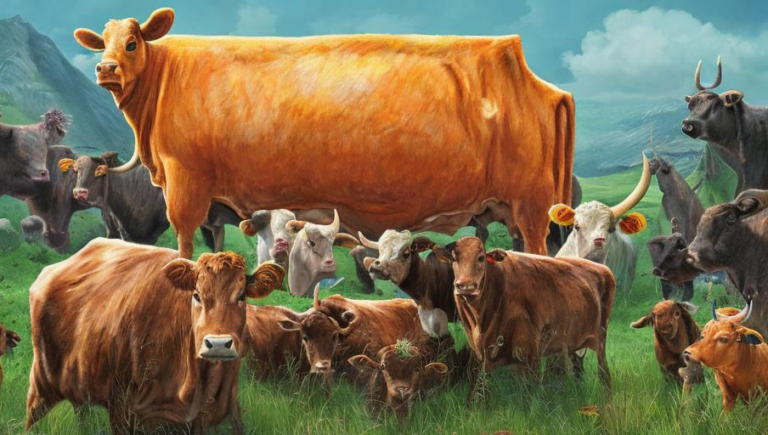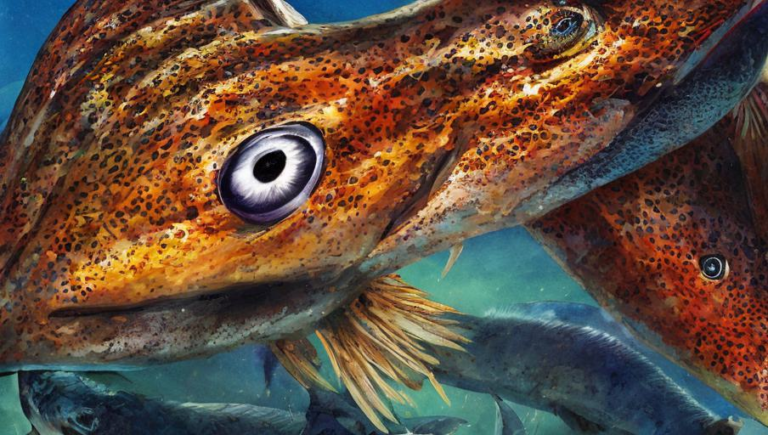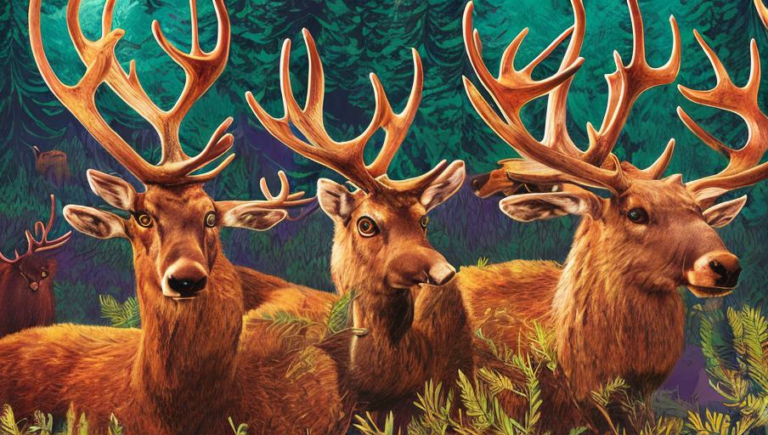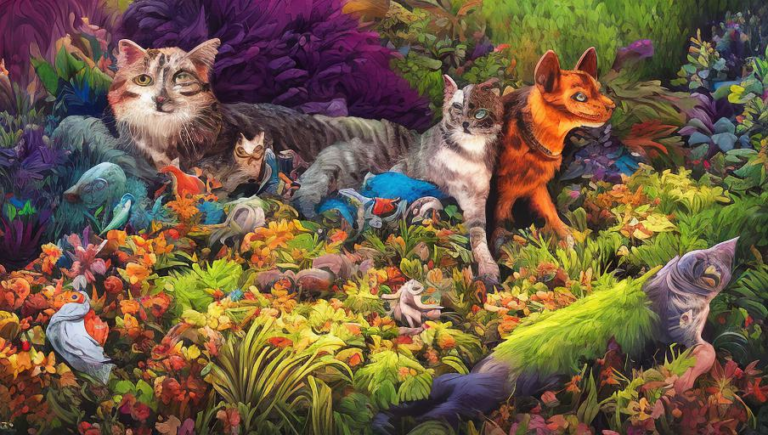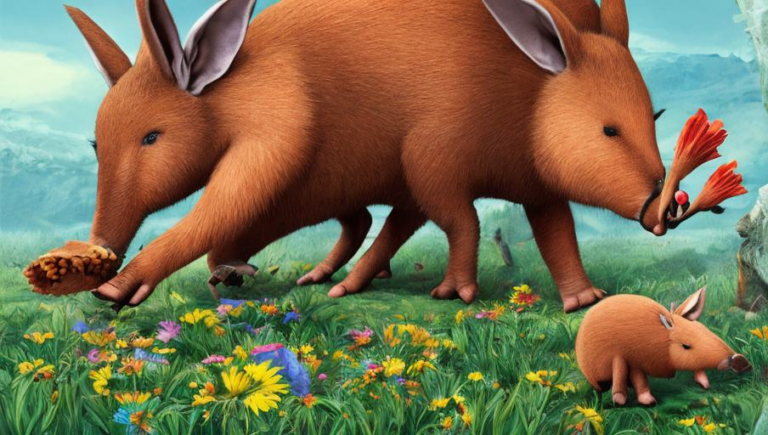Life in the Baboon Troop

Introduction to Baboons
Baboons are some of the most recognizable primates in the world, and are found throughout Africa and parts of Asia. There are 5 different species of baboons: the Hamadryas baboon, the Guinea baboon, the Yellow baboon, the Chacma baboon, and the Olive baboon. All baboons have long snouts, a short tail, and they walk on all fours. They live in groups called troops, and are known to be very social creatures.
Diet and Habits
Baboons are omnivores, and their diet consists of a variety of fruits, seeds, nuts, leaves, and insects. They are also known to scavenge for food in human settlements, which can sometimes lead to conflicts with humans. Baboons are very active during the day, and spend most of their time foraging for food and socializing with their troop. They can be seen sunning themselves on rocky outcrops, and they also have a habit of sleeping in trees.
Troop Structure
Baboon troops are highly organized and hierarchical, with a dominant male at the top. The dominant male is usually the oldest, strongest, and most experienced male in the troop. He is responsible for maintaining order and protecting the troop from predators. Female baboons are also important to the troop, as they provide care and protection for the young. Every baboon in the troop has a role to play, and they all work together to ensure the survival of the troop.
Reproduction
Baboons reach sexual maturity at around 5 years of age. Females will typically give birth to a single infant every two years, and they are very protective of their young. Males will also assist in caring for their offspring, and it’s not uncommon for a male to have multiple partners. Baboon troops will often join together to form larger groups, which can number up to several hundred individuals.
Threats
Baboons are threatened by loss of habitat due to human activity, and are also hunted for their meat and fur. They are also sometimes considered to be pests by humans, and can be seen raiding crops and settlements. Conservation efforts are in place to help protect baboon populations, but their numbers continue to decline due to human encroachment.
Conclusion
Baboons are fascinating and intelligent creatures, and their troops are incredibly organized and efficient. They face many threats due to human activity, and their populations are in decline. Conservation efforts are in place to help protect baboon populations, but more needs to be done in order to ensure their survival for future generations.
